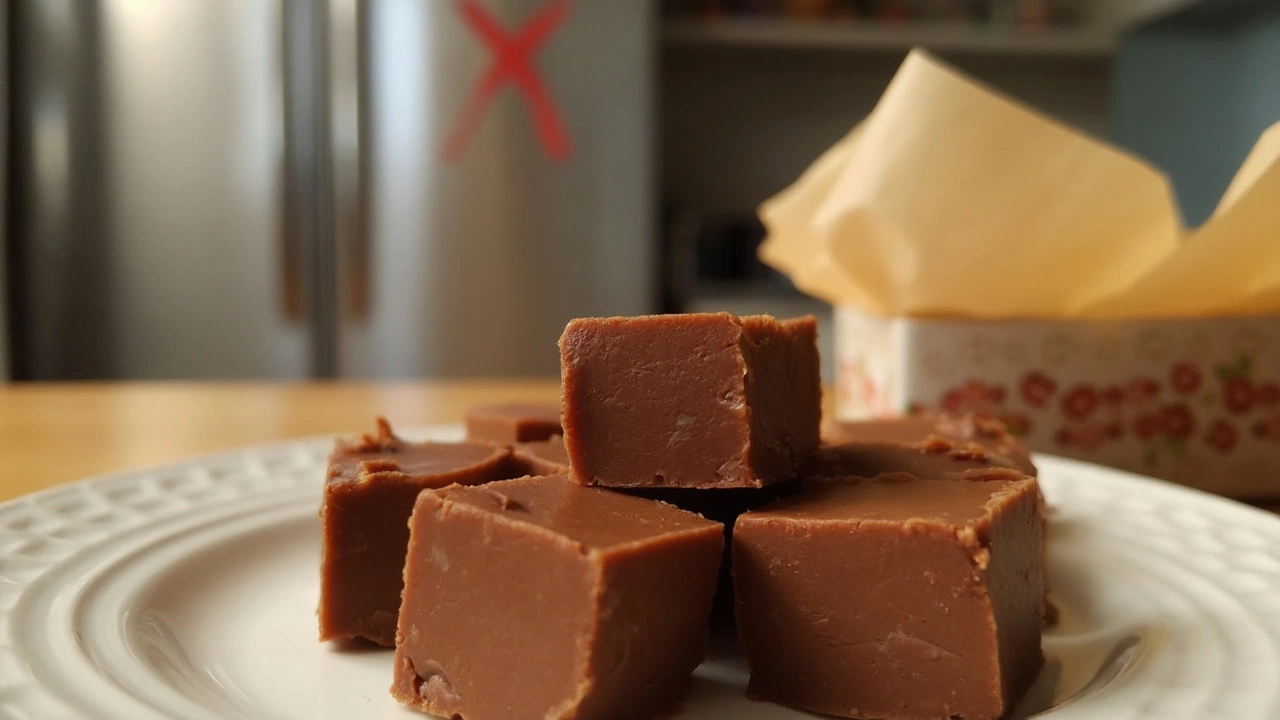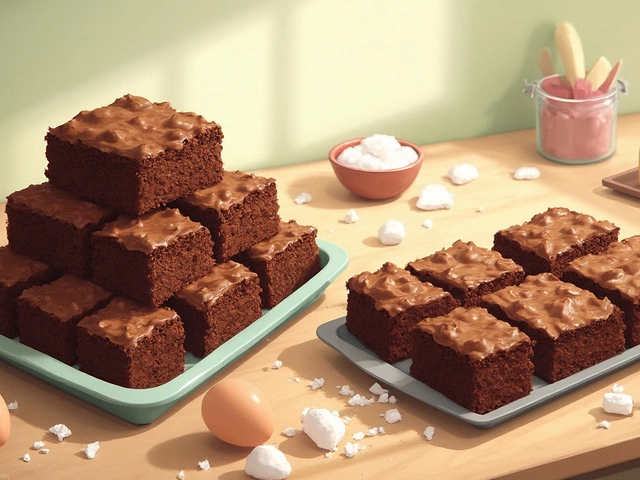How to Store Fudge: Simple Tips for Fresh, Creamy Treats
If you’ve just made a batch of silky fudge, you want it to stay that way for as long as possible. The good news is that storing fudge is pretty straightforward – you just need to control moisture, temperature, and exposure to air. Below are the exact steps you can follow right after the fudge has cooled.
Short‑Term Storage (Up to a Week)
First, let the fudge sit at room temperature until it reaches the firm but not rock‑hard stage. Cut it into the size you’ll eat, then wrap each piece tightly in wax paper or parchment. After the paper, add a layer of aluminum foil or place the wrapped pieces in an airtight container. This double barrier stops the fudge from drying out and keeps other fridge odors away.
Once wrapped, store the fudge in the refrigerator. A fridge set between 35°F and 40°F (2°C‑4°C) is ideal – it slows down any bacterial growth while maintaining the smooth texture. You’ll find that properly wrapped fudge stays soft enough to bite into within a few minutes of taking it out. If you prefer it at room temperature, simply let it sit on the counter for 10‑15 minutes before serving.
Long‑Term Freezing (Up to 3 Months)
For larger batches or when you want to keep fudge for a special occasion, freezing is your best bet. Start by cutting the fudge into individual portions. Wrap each piece in wax paper, then a second layer of freezer‑grade plastic wrap. Finally, place the wrapped pieces in a zip‑top freezer bag, squeezing out as much air as possible.
Label the bag with the date so you know how long it’s been in the freezer. When you’re ready to eat, move the fudge to the fridge for several hours to thaw slowly. This gradual thaw helps prevent condensation on the surface, which can make the fudge feel sticky. After thawing, give it a quick pat with a paper towel if any moisture appears, and it’s ready to serve.
One common mistake is using regular plastic wrap for freezing – it can let in freezer burn, which changes the flavor and texture. Always opt for freezer‑grade materials, and avoid storing fudge near strong‑smelling foods like onions or garlic.
Tips to Keep Fudge From Going Bad
Watch out for signs of spoilage: a sour smell, visible mold, or a grainy texture that didn’t come from the recipe. If any of these appear, it’s safest to discard the fudge. Because fudge contains sugar and dairy, it can attract bacteria if left out too long.
Another tip is to keep the fudge away from direct sunlight. Sunlight can warm the wrapper, causing the fudge to melt slightly and then re‑solidify, which leads to a grainy finish. Store your container in a dark part of the fridge or freezer for best results.
Lastly, if you’re making fudge with nuts or dried fruit, consider storing those ingredients separately and mixing them in just before serving. Nuts can go rancid faster than the fudge itself, and keeping them out extends the overall shelf life.
Following these simple steps – proper wrapping, refrigeration for quick use, and freezer‑grade packaging for longer storage – will let you enjoy your homemade fudge weeks after the batch is done. No more disappointing bites of dry or hard fudge; just smooth, melt‑in‑your‑mouth sweetness whenever you want it.

Why Should You Not Put Fudge in the Fridge? (And What to Do Instead)
Storing fudge in the fridge seems logical, but it can actually ruin your treat’s texture and flavor. This article explains why refrigeration makes fudge grainy, how temperature changes affect its ingredients, and offers tips for keeping your fudge smooth and delicious. You'll discover the ideal way to store fudge to maintain its freshness. Protect your homemade fudge from common storage mistakes and learn what really works.
View More




